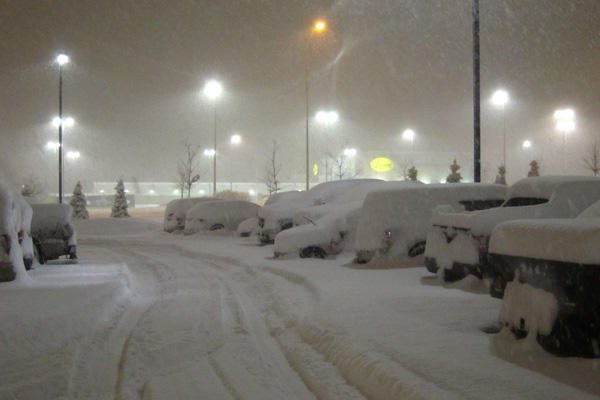Content provided courtesy of USAA.
During winter weather and extreme cold, only drive if it's absolutely necessary, warns the Federal Emergency Management Agency. If you have to get on the road, following these tips could help you stay safe:
- Travel in the day.
- Don't travel alone.
- Keep others informed of your schedule.
- Stay on main roads and avoid back-road shortcuts.
Also take a smartphone and its charger with you. Many smartphones have built-in GPS-based map apps that can pinpoint your exact location and help rescuers find you if you become stranded.
Before setting out, check the weather conditions on your planned route. Use your smartphone's weather apps, which can give you up-to-date weather conditions and forecasts. You can download apps, such as the Weather Channel, WeatherBug or AccuWeather, usually for free on your smartphone.
If you become stuck in a winter storm, follow these suggestions from FEMA and the Centers for Disease Control and Prevention:
- Stay in your car. Your vehicle offers protection from overexposure to the cold.
- Try to keep warm by huddling with other passengers and covering up with maps, newspapers and the floor mats.
- Start the engine occasionally to run the heater. Beware of the possibility of carbon monoxide poisoning, which can be caused if the exhaust pipe is blocked by snow and sends fumes back toward the vehicle. Don't run the engine for more than a few minutes at a time, and if you feel yourself getting sleepy while the heater is on, shut off the engine immediately.
- Make the car visible for a rescue. Hang cloth or plastic from the windows. If the snow has stopped falling, open the hood of the vehicle as a signal of distress.






